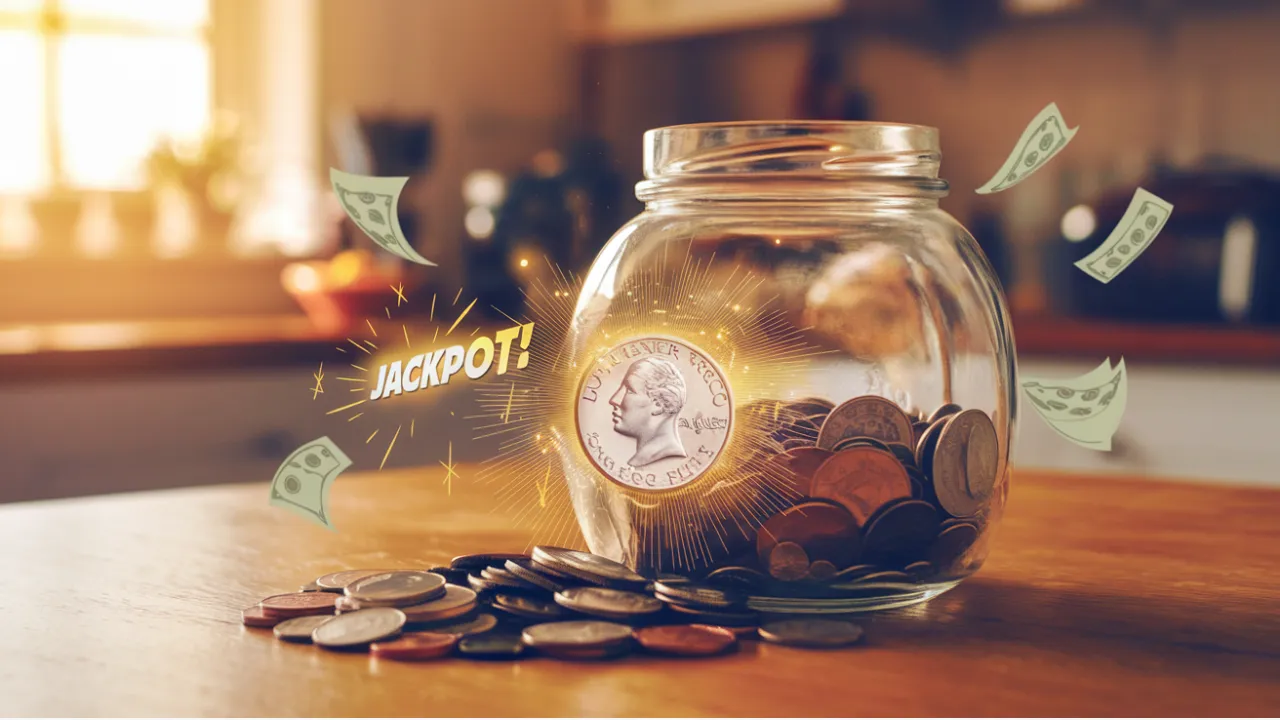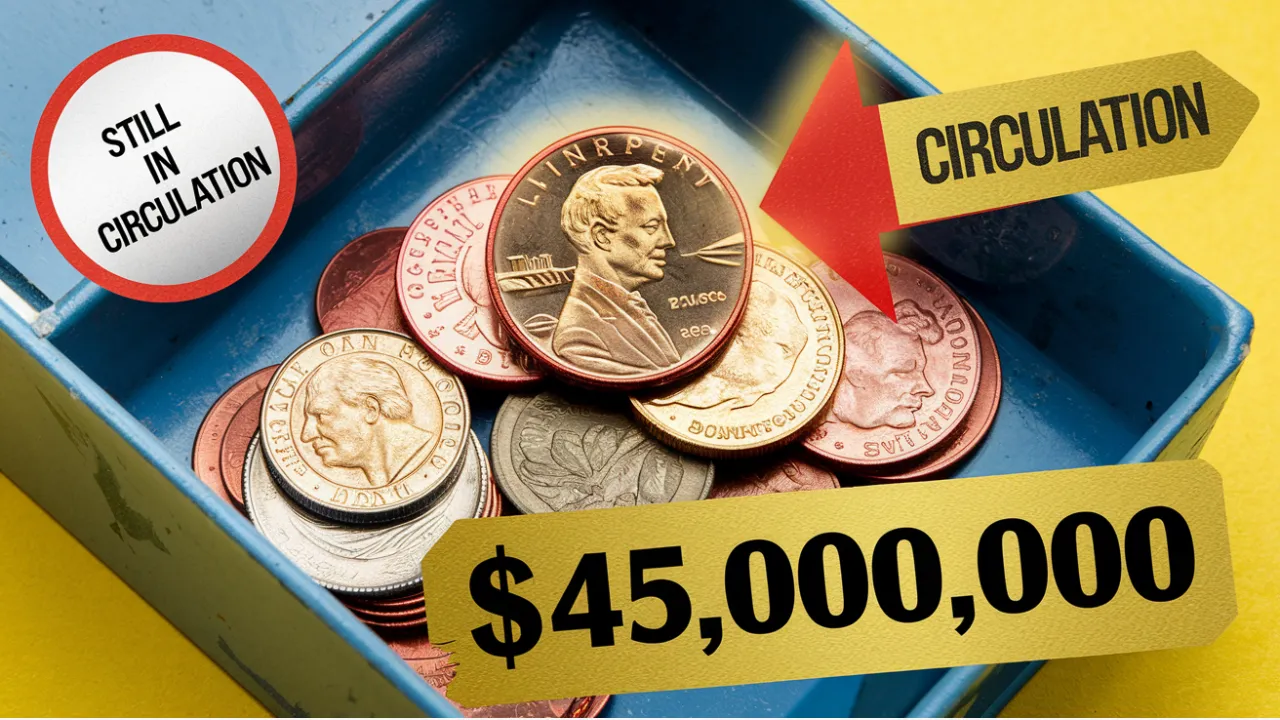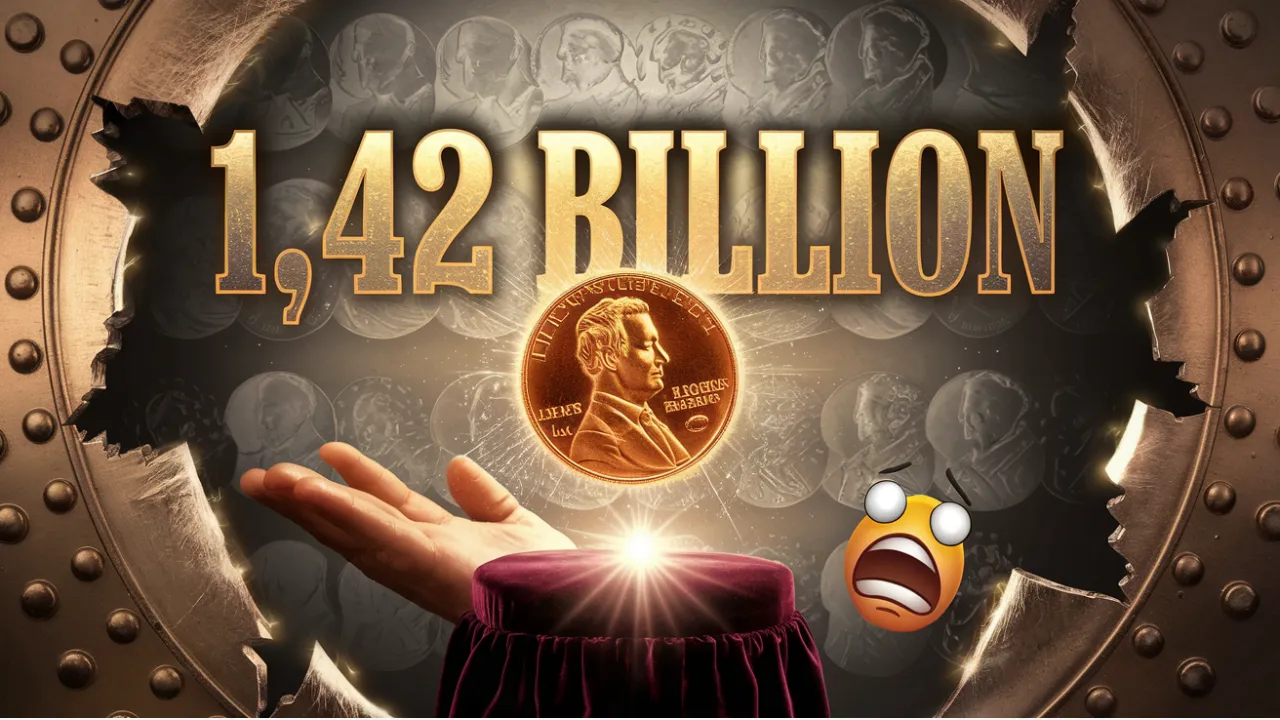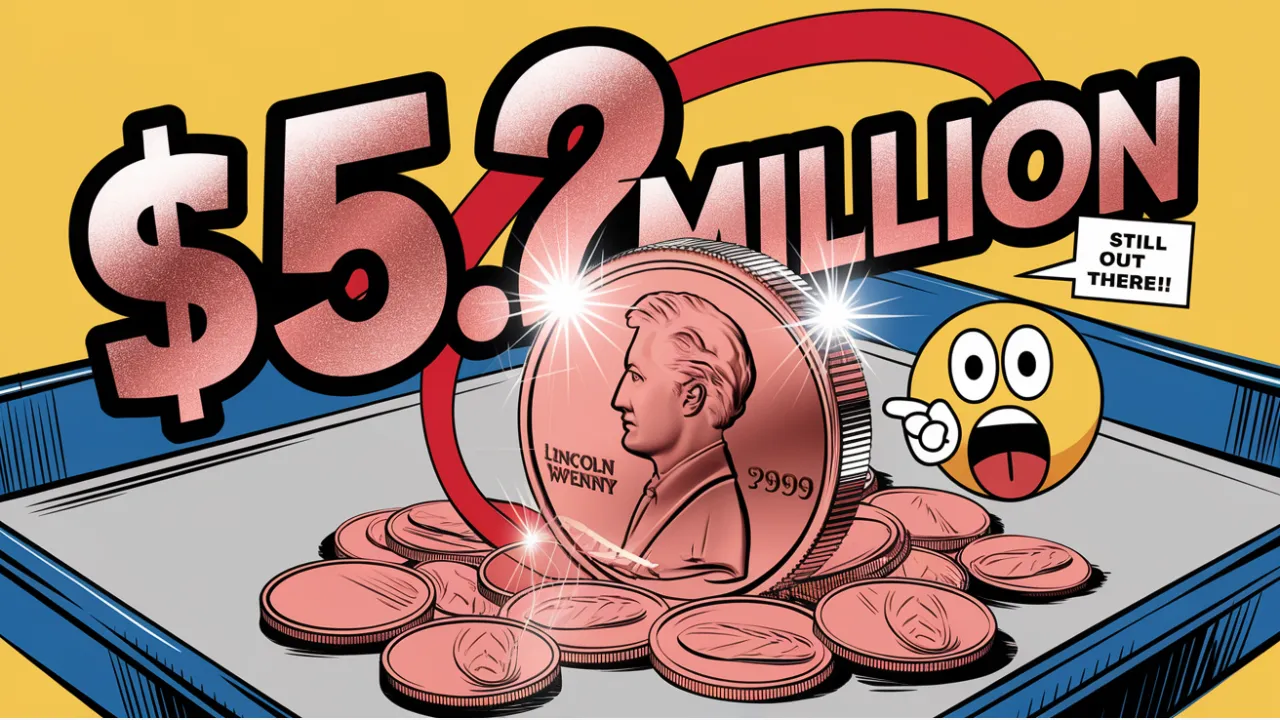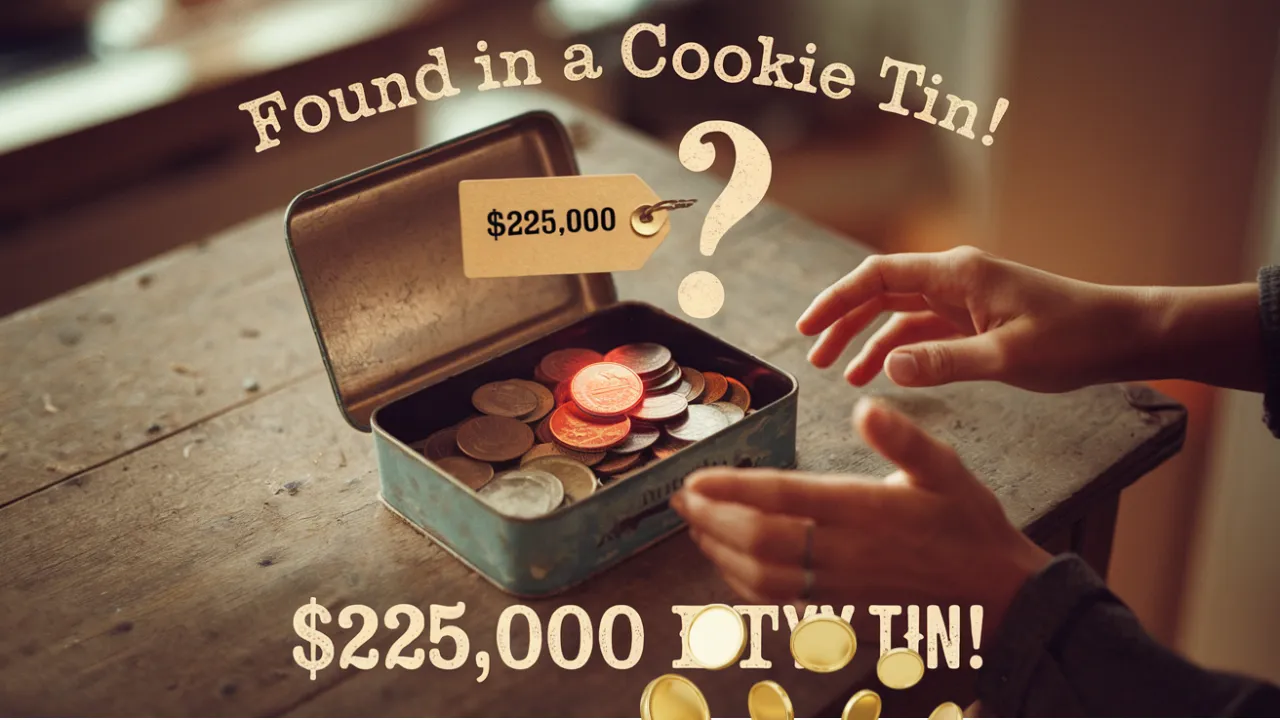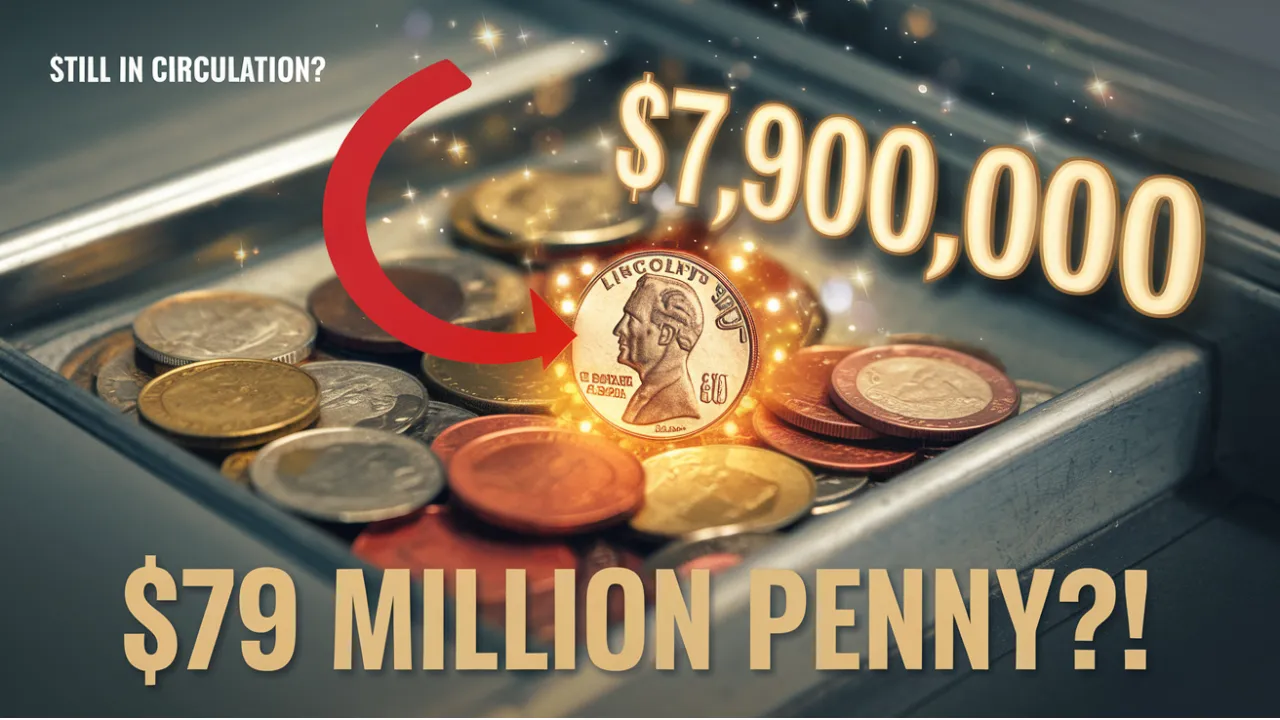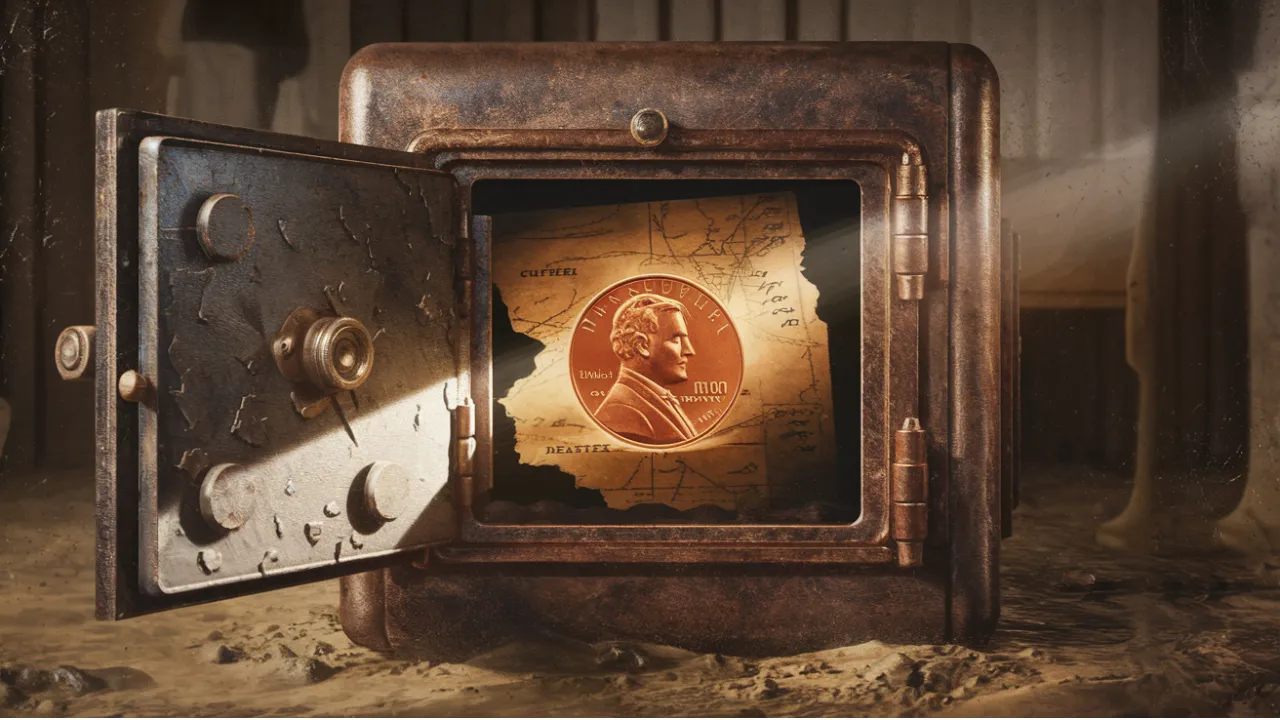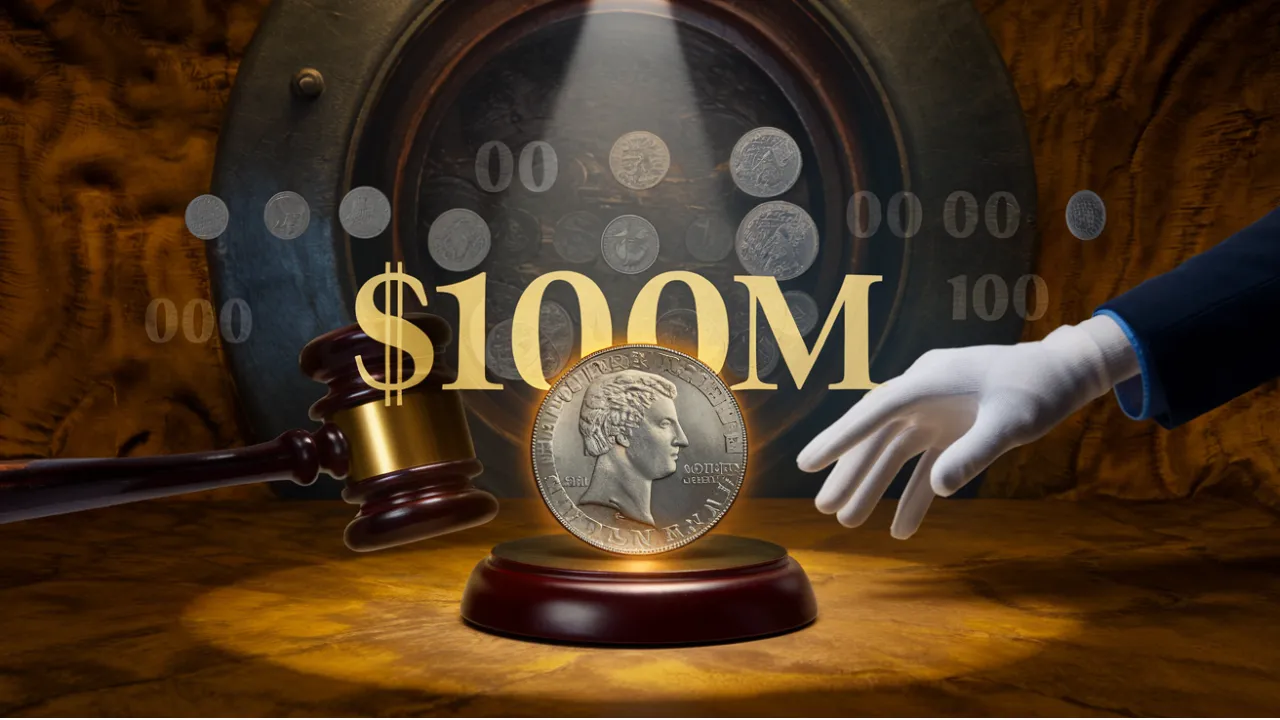The Lincoln Wheat Penny Valued at $849K: The Lincoln Wheat Penny is a fascinating piece of American history that has captured the attention of collectors worldwide. Introduced in 1909 to honor President Abraham Lincoln, this iconic coin has become a prized possession for numismatists. Among its many versions, a rare and accidental minting of the 1943 copper penny has left collectors in awe, with one selling for a staggering $849,000 at auction.
This article takes you on a journey through the history of the Lincoln Wheat Penny, the story behind its rarest version, and how you can determine if you have one of these extraordinary coins. Whether you’re a seasoned collector or just curious, this guide will help you understand the allure of this legendary penny.
Quick Facts About the Lincoln Wheat Penny
| Feature | Details |
| Minting Year | 1909 to 1958 |
| Designer | Victor David Brenner |
| Obverse Design | Abraham Lincoln’s profile |
| Reverse Design | Two wheat stalks framing the words “ONE CENT” |
| Material | Predominantly copper, with rare exceptions like the 1943 copper penny |
| Record Sale Price | $849,000 for a 1943 copper penny |
A Brief History of the Lincoln Wheat Penny
The Lincoln Wheat Penny was first minted in 1909, commemorating Abraham Lincoln’s 100th birthday. It was the first U.S. coin to feature a real person, breaking tradition and setting a new standard in coin design. Sculptor Victor David Brenner designed the penny, incorporating a profile of Lincoln on the front and a reverse design with two wheat stalks flanking the denomination.
Made primarily from copper, the penny remained in circulation for decades. Its simplicity and symbolism made it a staple in American currency. Today, it is fondly remembered for its connection to history and its role in everyday transactions.
The Legendary $849K Lincoln Wheat Penny
Not all Lincoln Wheat Pennies are created equal. Among the millions minted, the 1943 copper penny is the crown jewel. This coin, valued at $849,000, is an anomaly that was never meant to exist.
During World War II, copper was a vital resource for military production, prompting the U.S. Mint to produce pennies from zinc-coated steel in 1943. However, a few copper blanks were accidentally used, creating a rare and highly coveted coin. These pennies are so scarce that fewer than 20 are believed to exist today.
Why Is the 1943 Copper Penny So Valuable?
The value of the 1943 copper penny lies in its rarity and historical significance. Here’s what makes it extraordinary:
- Unintentional Production
The switch to steel pennies in 1943 was a deliberate effort to conserve copper for the war. However, a small number of copper blanks were left in the minting presses, leading to these accidental treasures. - Limited Quantity
With fewer than 20 verified examples, the 1943 copper penny is one of the rarest coins in American history. Its scarcity has made it a prized collectible. - Collector Demand
Numismatists and investors view the 1943 copper penny as the “holy grail” of coin collecting. This high demand drives its astronomical value.
How to Identify a Rare Lincoln Wheat Penny
Wondering if you have a rare Lincoln Wheat Penny? Here’s how to check:
1. Look at the Year
The first step is to examine the year on the penny. A 1943 copper penny will display the year clearly.
2. Test the Material
Use a magnet to test the penny. A genuine 1943 copper penny will not be magnetic, whereas the more common steel pennies from the same year will stick to the magnet.
3. Inspect Mint Marks
Mint marks indicate where the coin was produced. While mint marks like “S” (San Francisco) or “D” (Denver) can add value, the true worth lies in the coin’s copper composition.
4. Evaluate the Condition
Even if your penny shows signs of wear, a 1943 copper version is valuable due to its rarity. Coins in mint condition are worth even more.
How to Authenticate a Rare Penny
If you suspect you’ve found a rare 1943 copper penny, it’s crucial to confirm its authenticity.
- Professional Evaluation: Consult a trusted coin dealer or numismatist who specializes in rare coins.
- Third-Party Grading Services: Services like the Professional Coin Grading Service (PCGS) or Numismatic Guaranty Corporation (NGC) can grade and authenticate your coin.
- Magnet Test: Conduct a simple magnet test to rule out steel composition.
Caring for and Selling Rare Coins
Owning a rare coin like the 1943 copper penny requires proper care to maintain its value.
- Handle with Care: Use gloves when handling the coin to avoid oil or dirt transfer.
- Store Safely: Keep the coin in a protective case to prevent scratches or tarnishing.
- Avoid Cleaning: Never clean a rare coin, as it can decrease its value significantly.
- Sell Through Reputable Channels: Auctions and established coin dealers are the best places to sell a rare coin.
The Enduring Appeal of the Lincoln Wheat Penny
The Lincoln Wheat Penny holds a special place in American history. It not only commemorates a beloved president but also tells the story of an era. Its transition from copper to steel during World War II reflects the nation’s resourcefulness and determination.
Rare coins like the 1943 copper penny remind us that even small, everyday items can carry immense historical and monetary value.
FAQs About the Lincoln Wheat Penny
1. Why is the Lincoln Wheat Penny important?
The Lincoln Wheat Penny was the first U.S. coin to feature a real person, marking a significant departure from previous designs.
2. How many 1943 copper pennies are known to exist?
Fewer than 20 genuine 1943 copper pennies are believed to exist, making them exceptionally rare.
3. What’s the easiest way to test if a 1943 penny is copper?
A magnet test is the quickest method. Copper pennies are non-magnetic, unlike their steel counterparts.
4. Where can I sell a rare coin?
You can sell a rare coin through reputable auction houses or certified coin dealers for the best valuation.
5. What is the record price for a Lincoln Wheat Penny?
The highest price paid for a Lincoln Wheat Penny is $849,000 for a 1943 copper penny.
Conclusion
The Lincoln Wheat Penny is a remarkable piece of history that continues to captivate collectors. Its story, particularly the rare 1943 copper penny, showcases how accidents can lead to extraordinary treasures. If you have an old penny lying around, it’s worth taking a closer look—it could be worth a small fortune!
Have you ever found a rare coin in your collection? Share your experiences in the comments below, and explore more fascinating stories about collectibles and historical treasures!

